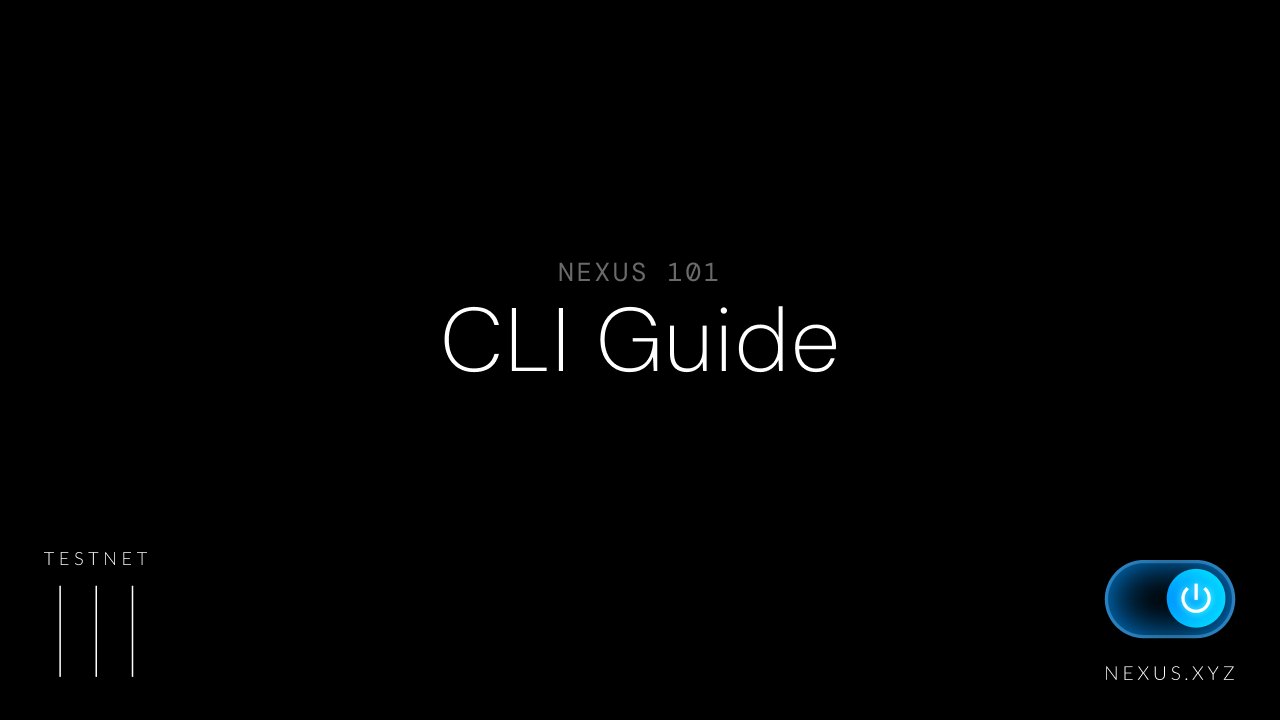Community Report: Closing the Year that Made Nexus Real
2025 was transformational for Nexus. This is our LAST community report of the year! The past year, Nexus has turned

Creating and deploying an NFT platform can seem daunting — until you watch Joseph Zhang do it in real time. In our latest Nexus Chat, Joseph, a member of the technical staff here at Nexus, led a live coding session that walked through the process of creating an NFT on Nexus, end-to-end.
This session is a blueprint for how to go from zero to deployed with a fully functional smart contract, frontend, and even ideas for launching your own NFT marketplace.
Watch a recording of the live coding demo.
The session kicked off with a conceptual overview, grounding NFTs in both their blockchain context and real-world analogies.
“The way I think about an NFT is that it’s a virtual representation of some sort of an asset… it could be digital, or it could represent a real-world item. Like a handbag with a serial number—it proves authenticity and ownership.”
This framing helped set the stage for why NFTs matter — not just for digital art, but for any system that requires verified ownership and provenance.

During the demo, we reference the CLI Guide. This is a walkthrough of how to set up the Nexus CLI.
Joseph’s walkthrough was based on a simple but powerful example hosted at docs.nexus.xyz, which contains a ready-to-fork implementation. During the session, he walked through
“Hardhat is basically the standard package that everyone in the blockchain area uses to develop these software packages… We configure Hardhat to reach Nexus, and then we’re off to the races.”
The tutorial emphasized clarity and accessibility. Joseph deliberately avoided complexity, encouraging builders to start with the basics and expand from there.
After deploying the contract, Joseph explained how to connect it to a user-facing frontend using Firebase or Vercel. This included showing a fully working example where users could check their own NFT on the Nexus blockchain explorer.
“You’re actually creating a tool to create NFTs… not just deploying a single token, but creating your own minting platform.”
This abstraction — platform over project — was a recurring theme. With minimal configuration, developers can not only mint their own tokens, but empower others to do the same.
The session closed with rapid-fire Q&A from the Nexus Discord. Highlights included:
Why build NFTs on Nexus?
You can deploy instantly. It’s fast, cheap, and our tooling lowers the barrier for developers and non-developers alike.
Do I need to be a developer to use this?
Absolutely not. Use our docs, follow the steps, and even use ChatGPT or Cursor to help you understand and extend it.
Can NFTs on Nexus be traded elsewhere?
Yes—with the right configuration, NFTs minted on Nexus can be bridged or traded on marketplaces like OpenSea, though that depends on adoption and standard compatibility. In the meantime, you can build your own NFT marketplace directly on Nexus.
This tutorial covered the essentials, but the foundation laid out opens the door to richer applications — from gaming assets and ticketing systems to AI-generated collectibles and verifiable credentials.
As Joseph noted:
“There’s a lot of creativity here… especially when you combine NFTs with zkVMs and AI verifiability. You’re not just minting tokens — you’re building new primitives for the internet.”
The future of verifiable ownership is here — and it’s open-source, composable, and ready to build on.